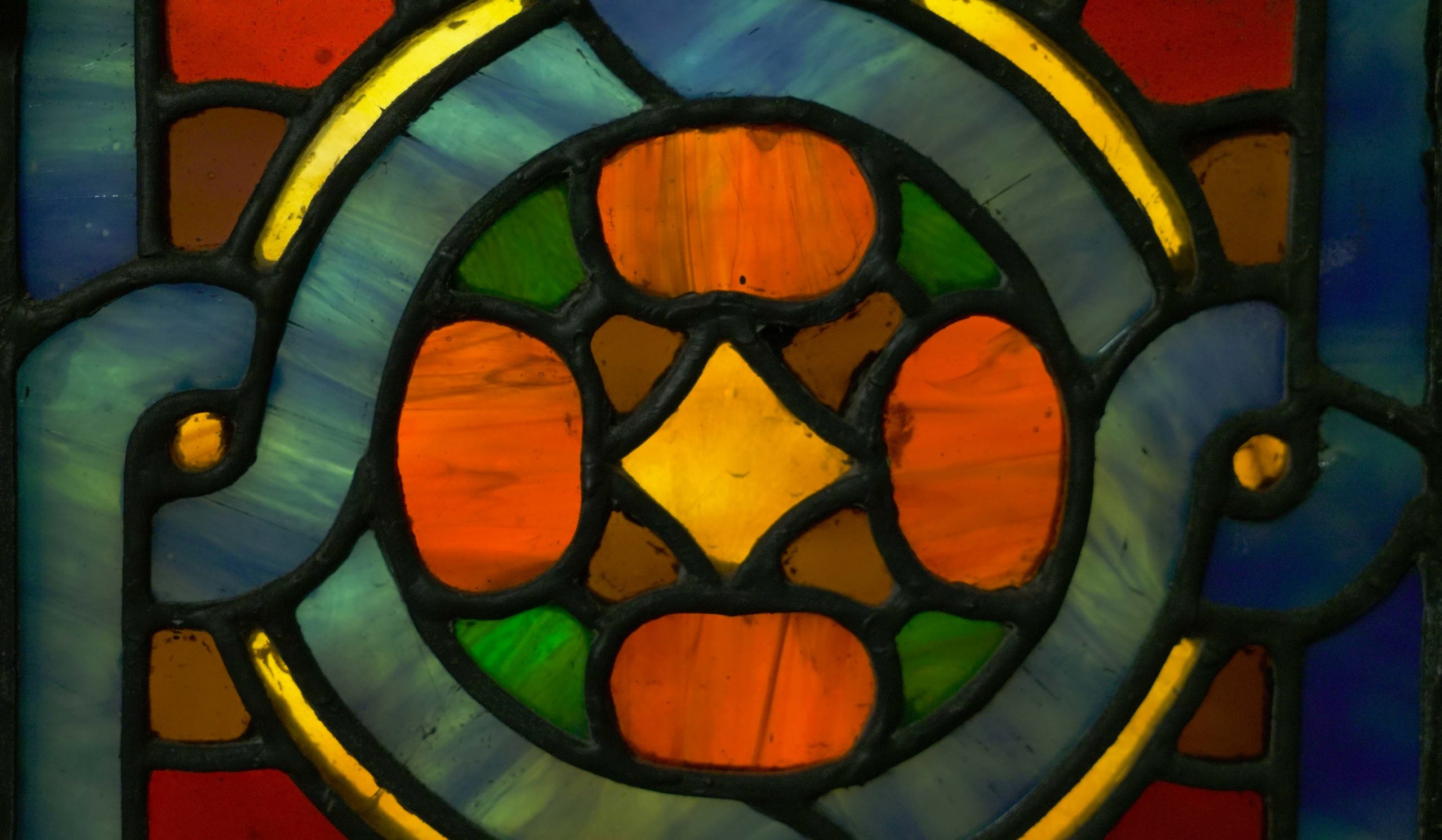Podcast: Play in new window | Download (Duration: 12:06 — 8.1MB)
Subscribe: Apple Podcasts | RSS
The Second Sunday after Epiphany

Home » January 15, 2023 – The Rev. Julie Hoplamazian
Podcast: Play in new window | Download (Duration: 12:06 — 8.1MB)
Subscribe: Apple Podcasts | RSS
The Second Sunday after Epiphany


The Episcopal Diocese
of New York
1047 Amsterdam Avenue
New York, NY 10025
Tel: (212) 316-7400
info@dioceseny.org
St. Michael’s is an Episcopal Church in the Diocese of New York that has been worshiping on the corner of Amsterdam Avenue and 99th Street in Manhattan since 1807. The mission of St. Michael’s Church is to witness—through worship, ministries and community activities—to the spirit, teachings and love of Christ; to offer strength and love to each other; and to reach out and draw others into our diverse parish family.
We are a diverse community seeking to offer God’s boundless hospitality to all who enter our doors. Wherever you come from, whatever your age, whomever you love, however you believe, you are always welcome here. In particular, at St. Michael’s (and most Episcopal churches), LGBTQ+ persons are welcome to full participation in our faith community, including the rites of ordination and marriage.
© 2024 Saint Michael's Church.
